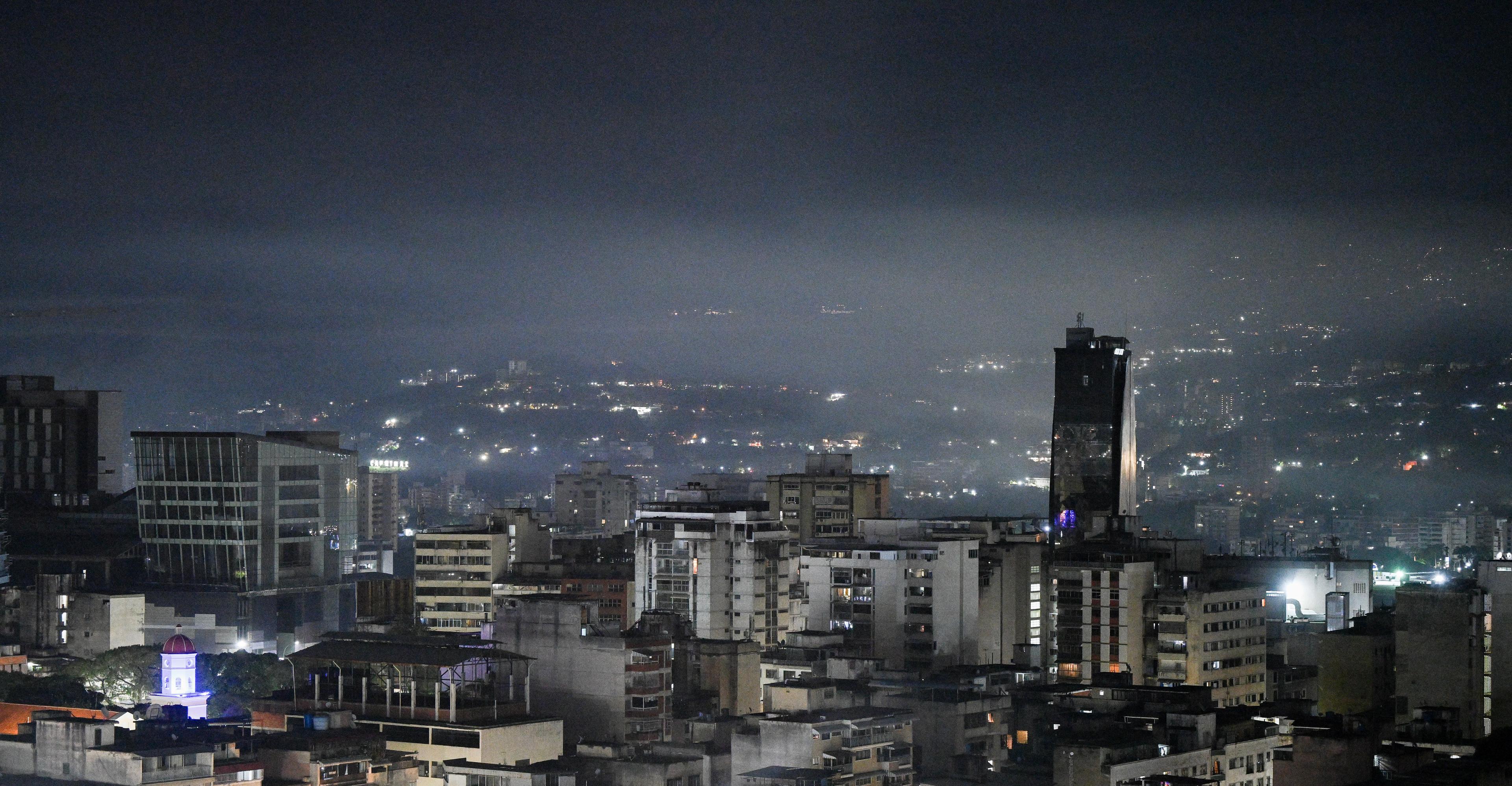Delegates pledged to cut methane emissions from fossil fuels, but little from agriculture, particularly cattle.


Negotiators from around the world meeting at the COP28 climate conference in the United Arab Emirates (UAE) last week agreed to put more money behind pledges to cut methane pollution. If met, these commitments would avert a significant amount of warming before the end of the decade. But that’s a big ”if,” especially since countries remain reluctant to tackle the biggest source of methane emissions.
Methane is a mighty greenhouse gas, roughly 30 times more powerful than carbon dioxide when it comes to trapping heat in the atmosphere. About 60 percent of global methane emissions come from human activity, accounting for a quarter of all warming. But unlike carbon dioxide, it doesn’t linger that long in the sky, so cutting humanity’s methane output is one of the fastest ways to reduce the planet’s rate of warming.
It also has value as a fuel, so there is a financial incentive to capture methane and burn it rather than let it escape. In addition, a lot of methane pollution tends to come from distinct sources like gas wells and landfills, so targeting these facilities for cuts can have an outsize effect.
This all makes methane a ripe, juicy target for people hoping to curb climate change — yielding greater reductions in warming and at lower costs than just limiting carbon dioxide.
More than 150 countries to date have already signed onto the Global Methane Pledge. It commits signatories to cutting methane emissions from human sources by 30 percent from 2020 levels by the end of the decade, which, if accomplished, has the potential to avert 0.2 degrees Celsius of warming by 2050 (0.36 degrees Fahrenheit).
At COP28, several countries — including the US, Canada, Brazil, and Egypt — announced how they plan to meet their targets, and countries announced more than $1 billion in new grant funding to help reduce methane.
The United States is the third-largest methane-emitting country after China and Russia. The new US methane regulations on the oil and gas industry, which the Environmental Protection Agency announced as a final rule at the conference, would avert 58 million tons of methane pollution between 2024 and 2038. The regulation also requires equipment upgrades and regular inspections of pollution control systems.
The regulation even won praise from an oil company: “We appreciate the collaborative way EPA, NGOs and industry worked together on this rulemaking,” BP America president Orlando Alvarez said in a statement. “In the spirit of COP28, input from a broad range of stakeholders makes for more durable and effective policies.”
This year at COP, a number of businesses have also promised to cut their methane output. Under the Oil and Gas Decarbonization Charter, 50 companies accounting for 40 percent of global oil production committed to eliminating their methane emissions by 2050. They also committed to ending flaring by 2030. Flaring is a practice where oil wells burn off accumulated methane rather than capturing it due to regulations, for safety, or because it’s more cost-effective. To facilitate this, the World Bank announced the creation of a $250 million trust fund to help companies avoid flaring, but major oil and gas companies like Chevron and Exxon Mobil declined to chip in for now.
Few of the announced actions, however, include the largest driver of methane pollution: the food we eat.
From tilling soil to planting crops, to fertilizer, livestock, manure, harvesting, shipping, and waste, food systems produce 34 percent of overall greenhouse gas emissions. Agriculture is the single-largest anthropogenic, or human-driven, source of methane, and most of that is from our appetite for meat. Animals raised for food account for 32 percent of human-driven methane.
Just one cow can produce anywhere from 154 to 264 pounds of methane annually, so the 1.5 billion cattle raised for beef around the world together burp up 231 billion pounds of this greenhouse gas.
:no_upscale()/cdn.vox-cdn.com/uploads/chorus_asset/file/25152353/GettyImages_1322560885.jpeg)
There were some small efforts at COP28 to address the climate impact of food, and the meeting has devoted more time to agriculture than past conferences. More than two-thirds of the menu for the conference was plant-based, which comes with far smaller land, water, and energy requirements than a more animal-heavy menu. More than 100 countries agreed to find ways to reduce emissions from food production. The US and the UAE announced that they pooled $17 billion to advance more climate-friendly farming tactics around the world. There were also a couple new announcements to deal specifically with methane. Canada introduced incentives for Canadian ranchers to cut methane emissions from their cattle farms. And several of the world’s largest dairy producers said they will begin reporting their methane emissions next year and draft plans to ratchet them down.
But there’s been little appetite for reducing demand for meat and dairy, particularly among the wealthy countries that consume the most animal products, as Vox’s Kenny Torrella explained:
The disinterest from Western governments in shifting diets isn’t surprising — meat remains the third rail of climate politics. It tastes good, it’s become a mainstay of Western diets, and it’s become linked to ideals like prosperity and masculinity. Taking it off the menu to help save the planet isn’t politically popular, so even eco-minded politicians, environmental activists, and climate reporters largely avoid the issue.
According to documents obtained by DeSmog and the Guardian, some lobbyists at COP28 are even making the case that more meat and dairy are beneficial to the environment. The Guardian also reported that some former officials at the United Nations Food and Agriculture Organization (FAO) said their work showing the damaging methane effects from livestock was sidelined and censored.
The reluctance to even acknowledge the climate impacts from raising animals for food is troubling at the tail end of the hottest year ever recorded. According to the FAO, methane emissions from livestock have to fall 25 percent by 2030 compared to 2020 in order to stay on course for the Paris climate agreement goal to limit global warming this century to less than 1.5°C or 2.7°F. Overall emissions of heat-trapping gasses are still slated to increase, putting these goals almost out of reach.
Even with the new round of commitments at COP28, the world will likely blow past the 1.5°C goal, according to the International Energy Agency, and it remains to be seen whether even these tepid promises will be fulfilled.
India still bears the stain of operation Sindoor: DG ISPR
- 5 گھنٹے قبل
Pakistan U-19 beat Zimbabwe by 9 wickets to win Tri-Nation series
- ایک گھنٹہ قبل
Bangladesh expresses interest in benefiting from PAF expertise
- 2 گھنٹے قبل
Venezuela’s Machado says she hasn’t spoken to Trump since October
- 7 گھنٹے قبل
Year in Review: 2025 takeaways and a look ahead to 2026
- 6 گھنٹے قبل
NDMA sounds alarm on harsh winter cold grip tightens across Northern Pakistan
- ایک گھنٹہ قبل

Govt announces no increase in gas prices for next six months
- 2 گھنٹے قبل
Variant Bio launches AI-powered platform for drug discovery using genetic data
- ایک گھنٹہ قبل
Eagles stand by rest call despite losing 2-seed
- 6 گھنٹے قبل
Kelce on when he'll decide future: 'Who knows?'
- 6 گھنٹے قبل
Somalia calls Israeli FM visit to Somaliland an ‘incursion’
- ایک گھنٹہ قبل

What are gold prices in Pakistan, global markets today?
- ایک گھنٹہ قبل








